
How to Use V_REG_MIC2920: Examples, Pinouts, and Specs
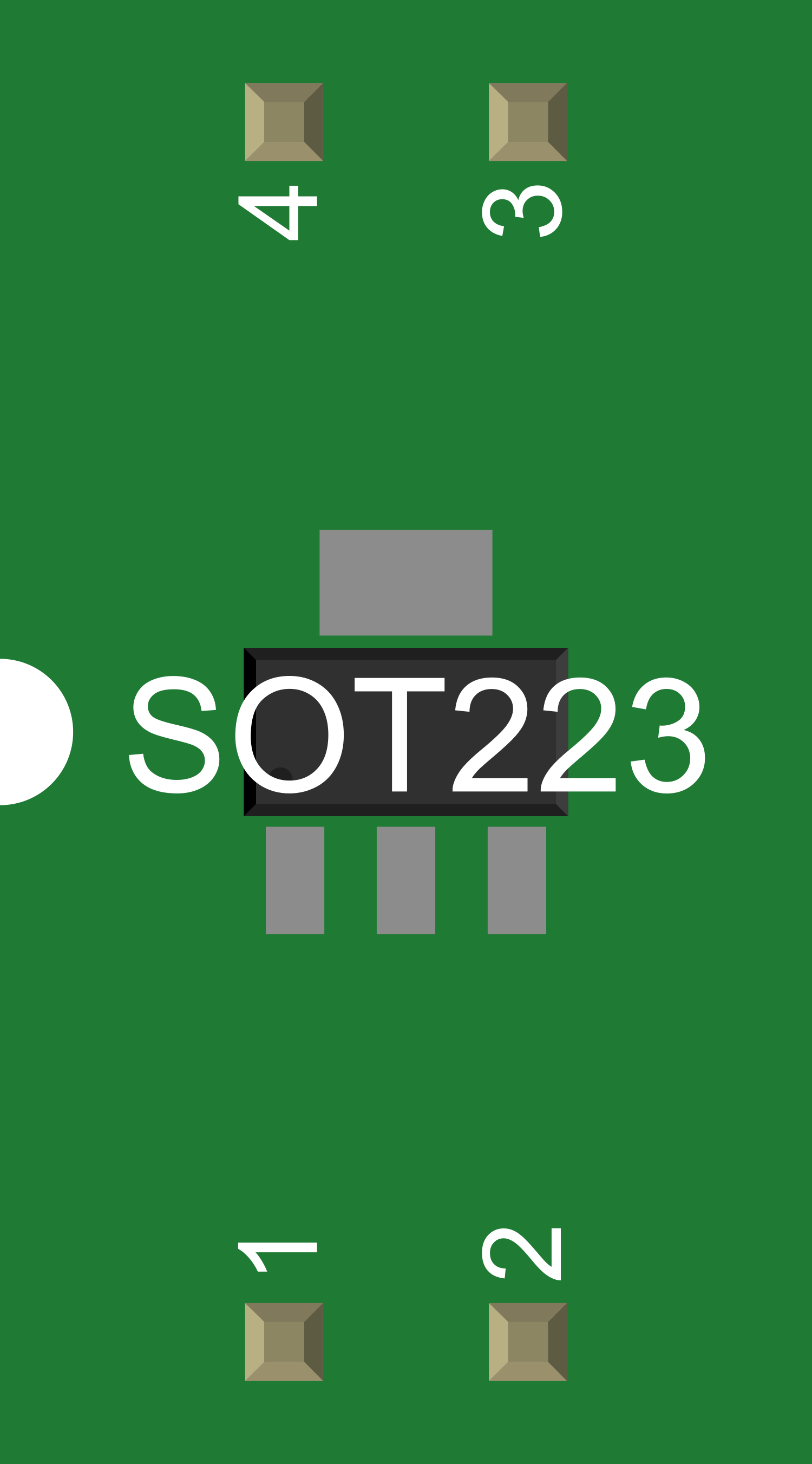
 Design with V_REG_MIC2920 in Cirkit Designer
Design with V_REG_MIC2920 in Cirkit DesignerIntroduction
The V_REG_MIC2920 is a low-dropout voltage regulator (LDO) designed to provide a stable output voltage from a higher input voltage source. It is particularly useful in applications where power efficiency and minimal voltage drop are crucial. This LDO is ideal for powering sensitive electronic components such as microcontrollers, sensors, and other digital circuits that require a consistent voltage level. Its low dropout voltage and quiescent current make it suitable for battery-operated devices, where power conservation is essential.
Common applications of the V_REG_MIC2920 include:
- Portable devices
- Microcontroller power supplies
- Battery-powered equipment
- Analog and digital circuits requiring a stable voltage source
Explore Projects Built with V_REG_MIC2920
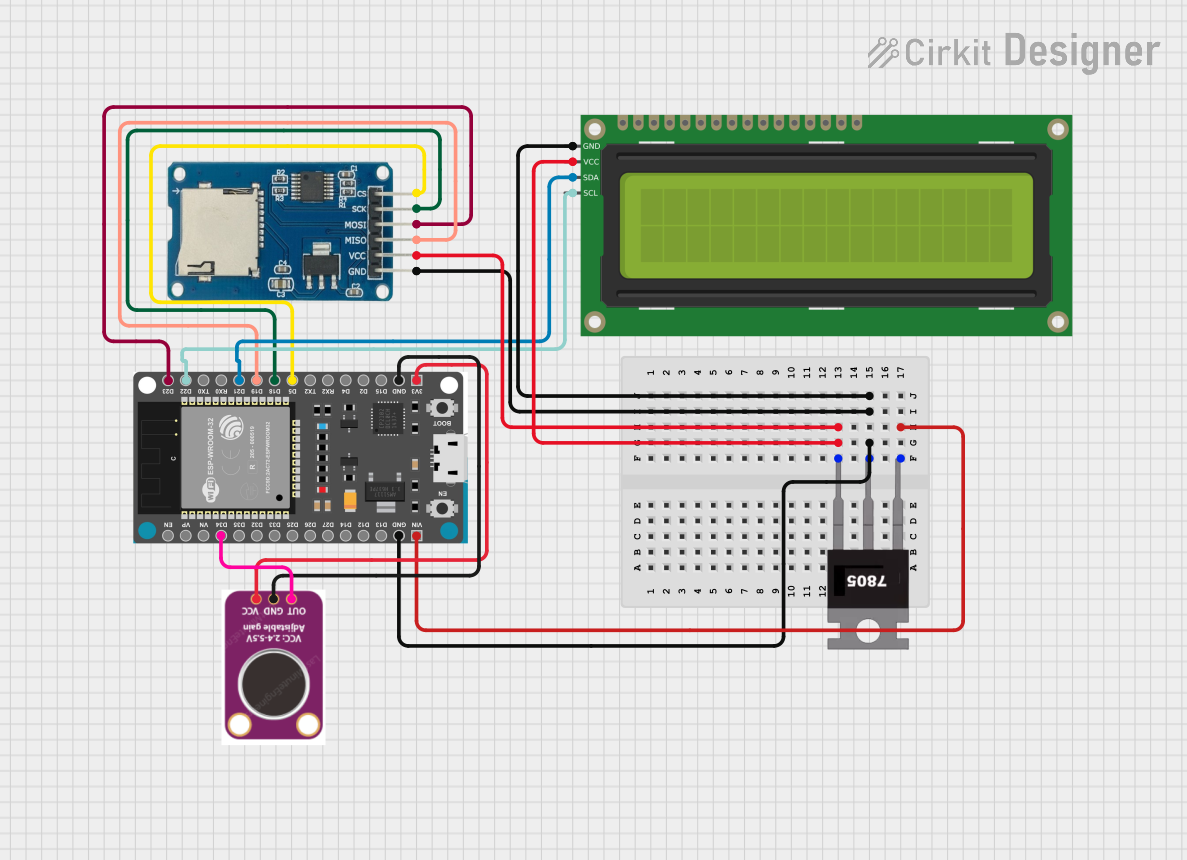
 Open Project in Cirkit Designer
Open Project in Cirkit Designer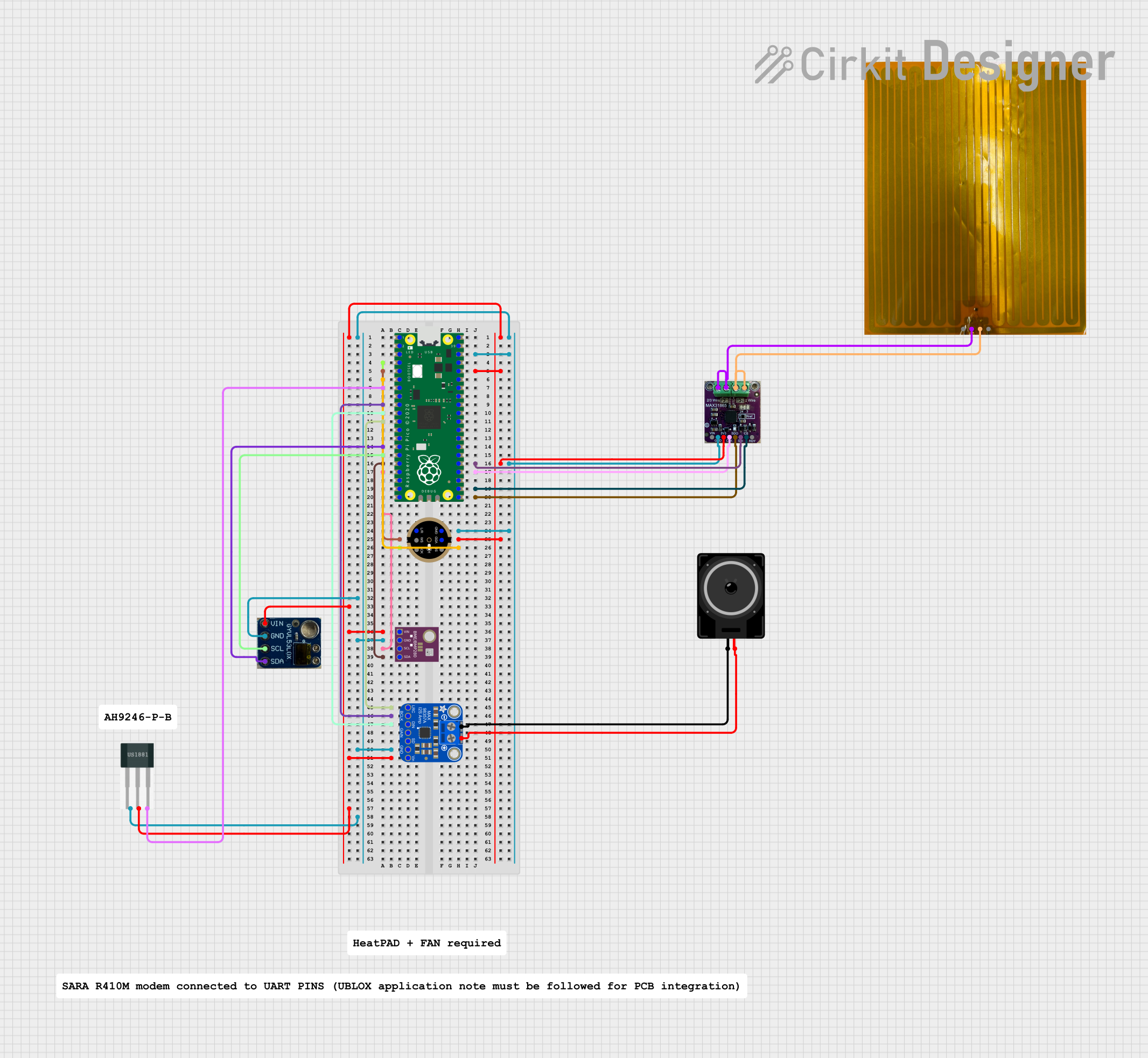
 Open Project in Cirkit Designer
Open Project in Cirkit Designer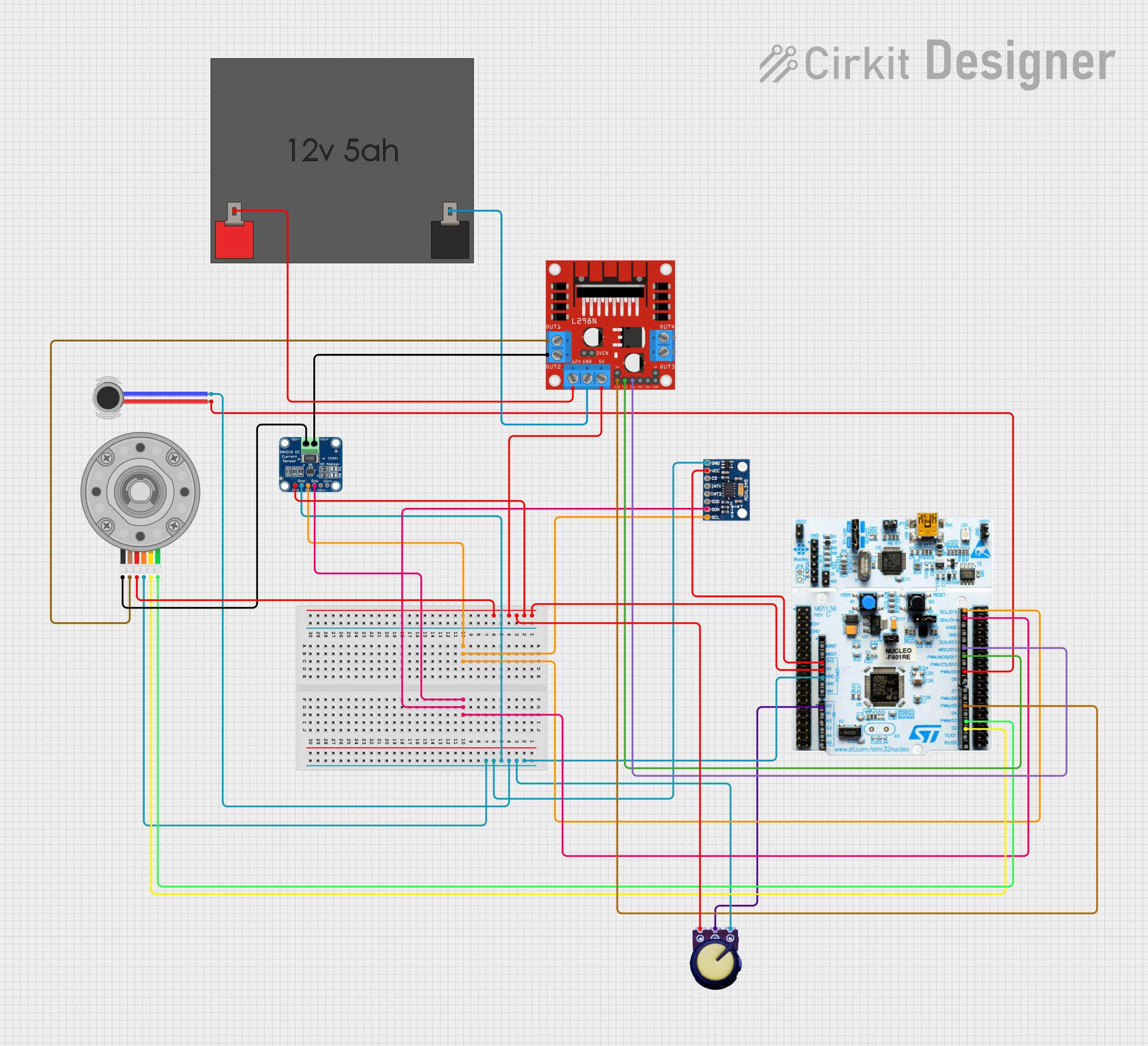
 Open Project in Cirkit Designer
Open Project in Cirkit Designer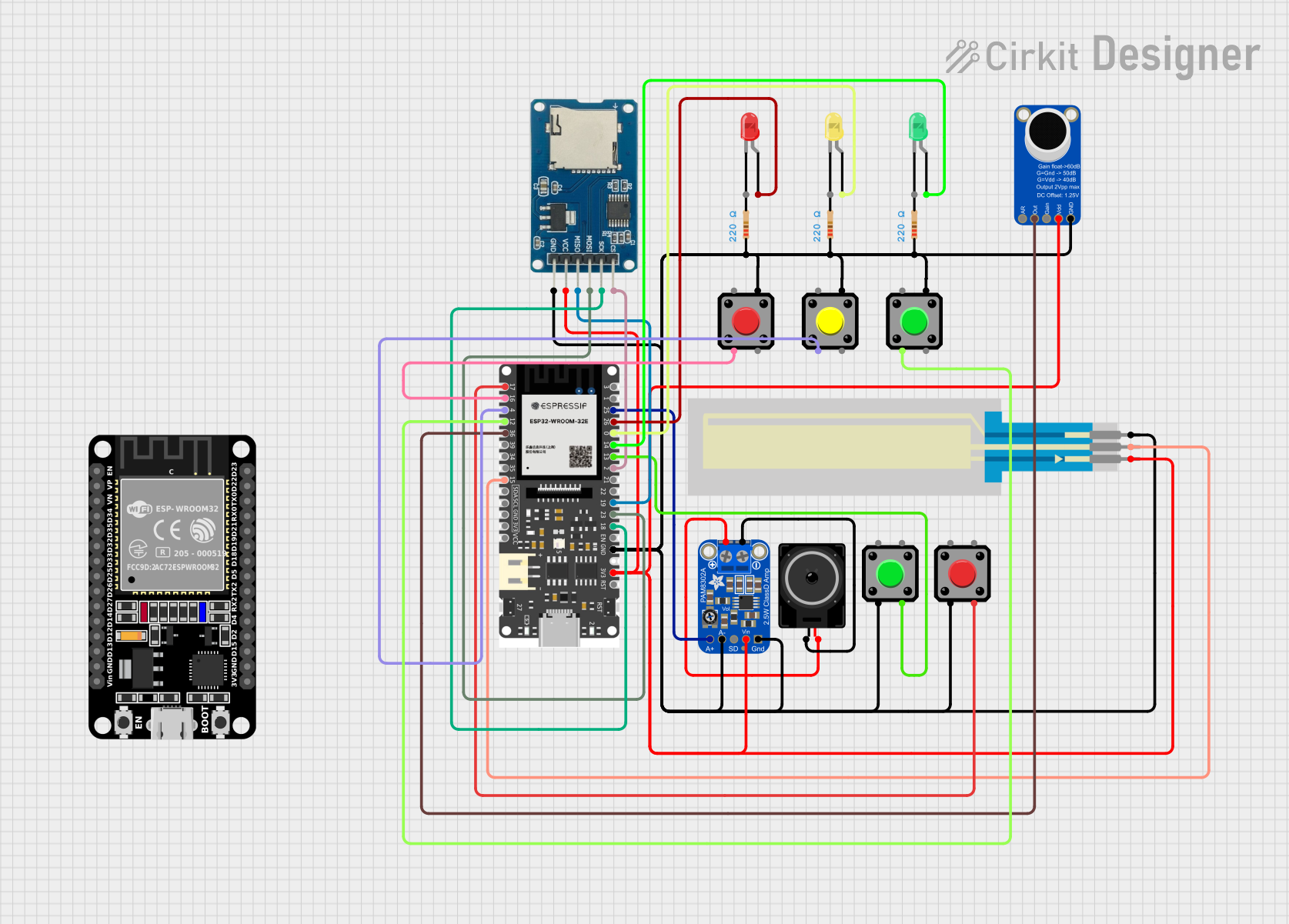
 Open Project in Cirkit Designer
Open Project in Cirkit DesignerExplore Projects Built with V_REG_MIC2920

 Open Project in Cirkit Designer
Open Project in Cirkit Designer
 Open Project in Cirkit Designer
Open Project in Cirkit Designer
 Open Project in Cirkit Designer
Open Project in Cirkit Designer
 Open Project in Cirkit Designer
Open Project in Cirkit DesignerTechnical Specifications
Key Technical Details
| Parameter | Value | Description |
|---|---|---|
| Output Voltage | Specified by model | The regulated output voltage |
| Dropout Voltage | Typically 0.18V at full load | The minimum input-output voltage difference at which the regulator maintains regulation |
| Output Current | Up to 400mA | Maximum current the LDO can provide |
| Quiescent Current | Typically 180µA | Current consumed when no load is connected |
| Input Voltage Range | 2.5V to 16V | The operating range for the input voltage |
| Temperature Range | -40°C to +125°C | Operating temperature range |
Pin Configuration and Descriptions
| Pin Number | Name | Description |
|---|---|---|
| 1 | IN | Input voltage. Connect to the source voltage. |
| 2 | GND | Ground. Connect to the system ground. |
| 3 | OUT | Regulated output voltage. |
Usage Instructions
How to Use the V_REG_MIC2920 in a Circuit
- Connect the input voltage source to the IN pin, ensuring it falls within the specified input voltage range.
- Connect the GND pin to the system ground.
- The OUT pin will provide the regulated voltage; connect this to the power input of your load (e.g., microcontroller, sensor).
- It is recommended to place a capacitor (typically 1µF or greater) between the IN pin and GND close to the regulator to stabilize the input supply.
- Similarly, place a capacitor (typically 10µF or greater) between the OUT pin and GND to ensure output stability, especially under varying load conditions.
Important Considerations and Best Practices
- Ensure that the input voltage always exceeds the output voltage by at least the dropout voltage.
- Avoid exceeding the maximum input voltage and output current ratings to prevent damage to the LDO.
- Use capacitors with low equivalent series resistance (ESR) for better performance.
- Keep the LDO and associated components away from high-temperature sources to maintain thermal performance.
- If the LDO is used in applications with significant variance in load current, additional heat sinking may be required.
Troubleshooting and FAQs
Common Issues and Solutions
- Output voltage is lower than expected: Ensure the input voltage is sufficiently above the output voltage by more than the dropout voltage. Check for excessive load current or insufficient input supply.
- LDO is overheating: Verify that the output current is within the LDO's limits. Consider adding a heat sink or reducing the load if necessary.
- Output voltage is unstable: Ensure that the recommended input and output capacitors are used and are placed close to the LDO pins.
FAQs
Q: Can I use the V_REG_MIC2920 without capacitors? A: It is not recommended to use the V_REG_MIC2920 without capacitors as they provide stability to the regulator's operation.
Q: What is the maximum input voltage for the V_REG_MIC2920? A: The maximum input voltage is 16V. Exceeding this value may damage the regulator.
Q: How do I choose the output capacitors? A: The output capacitor should be chosen based on the required stability and transient response. A typical value is 10µF or greater with low ESR.
Q: Is the V_REG_MIC2920 suitable for automotive applications? A: The V_REG_MIC2920 can be used in automotive applications provided that the input voltage range and temperature range are within the specifications.
Example Connection with Arduino UNO
The V_REG_MIC2920 can be used to power an Arduino UNO when a stable voltage source is needed that differs from the UNO's onboard regulator capabilities.
// No specific code is required for the V_REG_MIC2920 as it is a hardware component.
// Below is an example of how to connect the V_REG_MIC2920 to an Arduino UNO.
// V_REG_MIC2920 Pinout to Arduino UNO:
// IN pin of V_REG_MIC2920 -> Voltage source (e.g., battery)
// GND pin of V_REG_MIC2920 -> GND on Arduino UNO
// OUT pin of V_REG_MIC2920 -> 5V or Vin on Arduino UNO (depending on the required voltage level)
// Ensure that the output voltage of the V_REG_MIC2920 matches the input voltage requirements of the Arduino UNO.
Remember to follow the usage instructions and best practices when making the connections. The V_REG_MIC2920 will ensure that your Arduino UNO receives a stable voltage, which is particularly useful when operating in environments with fluctuating power sources.